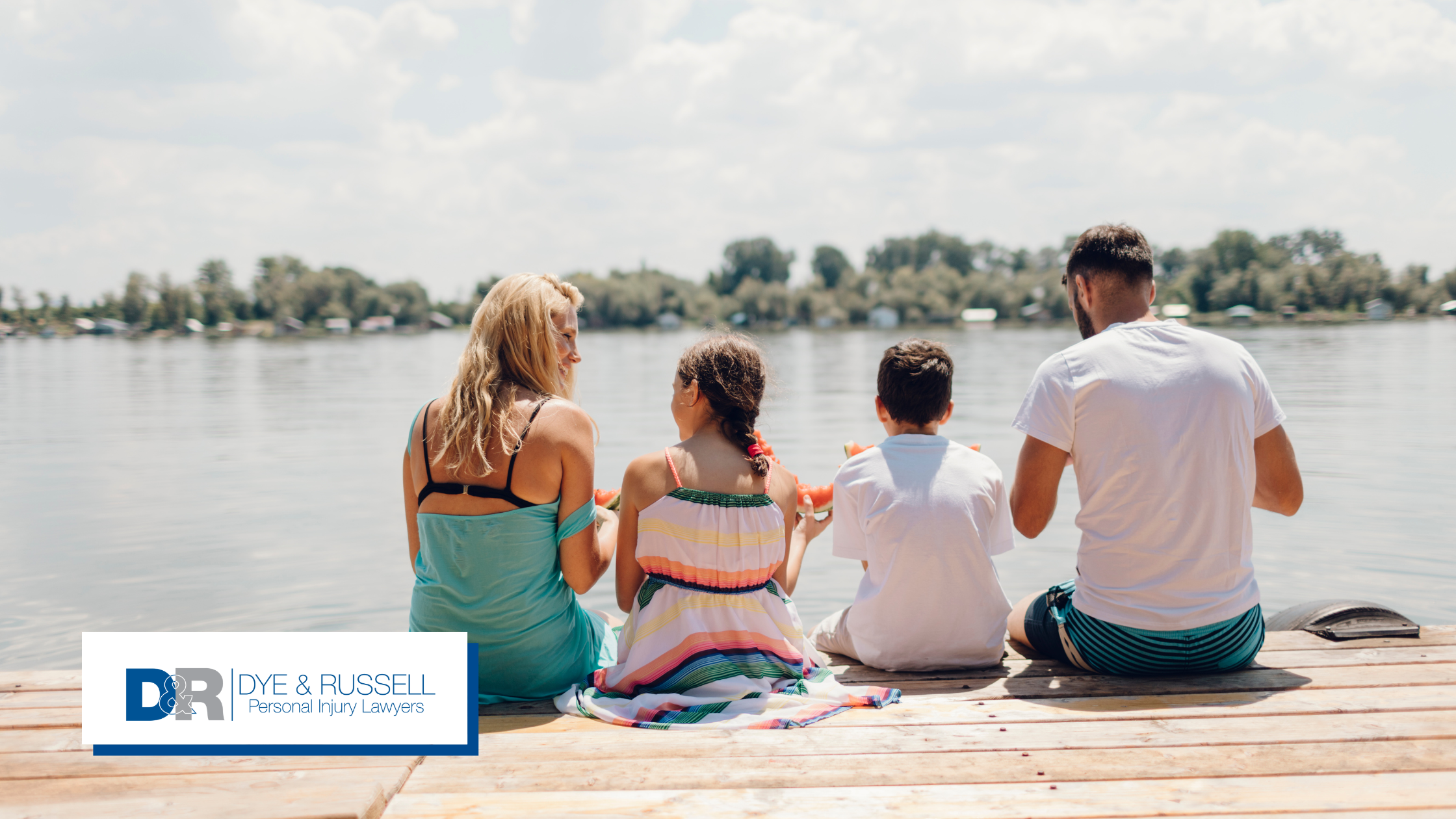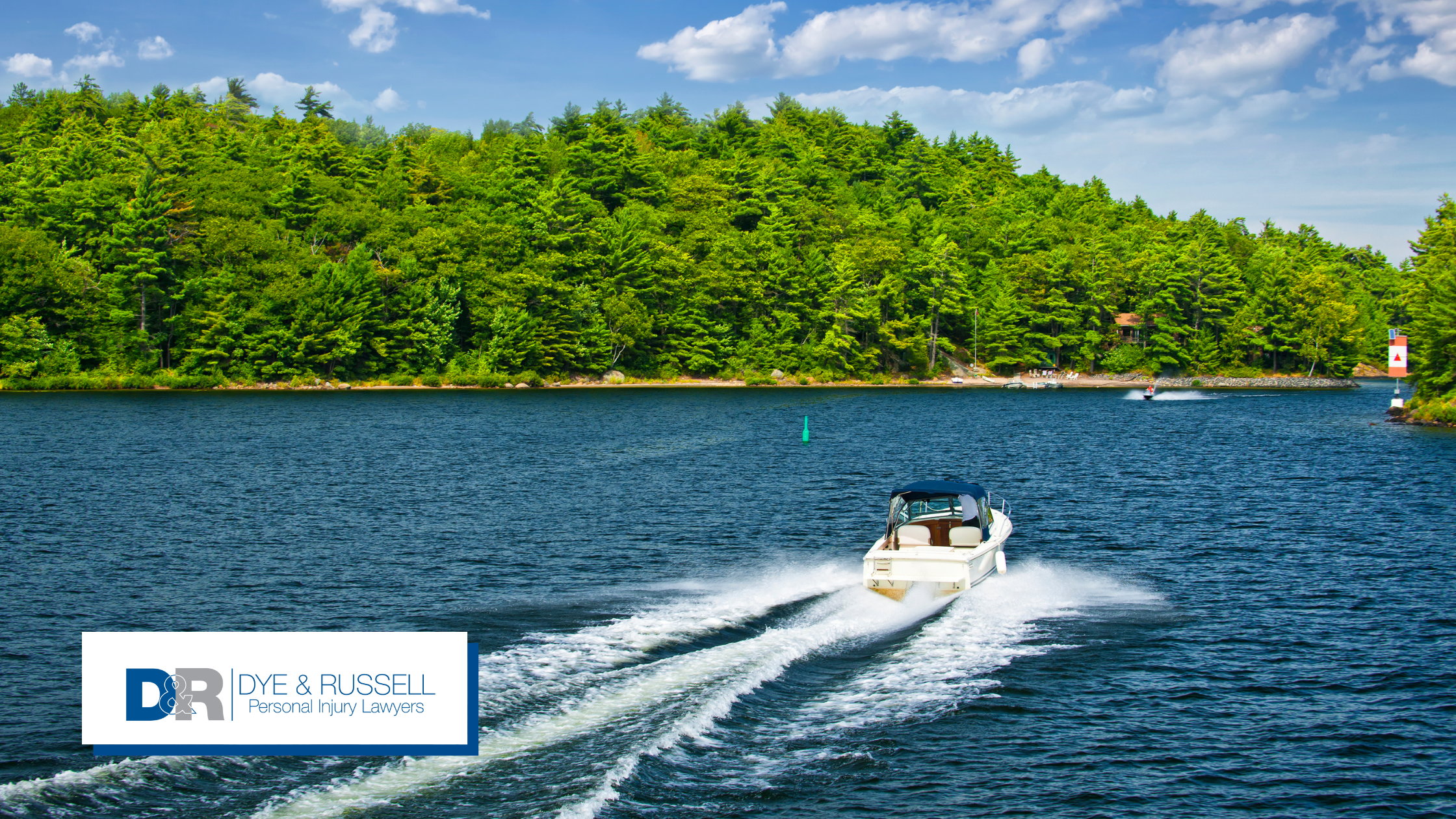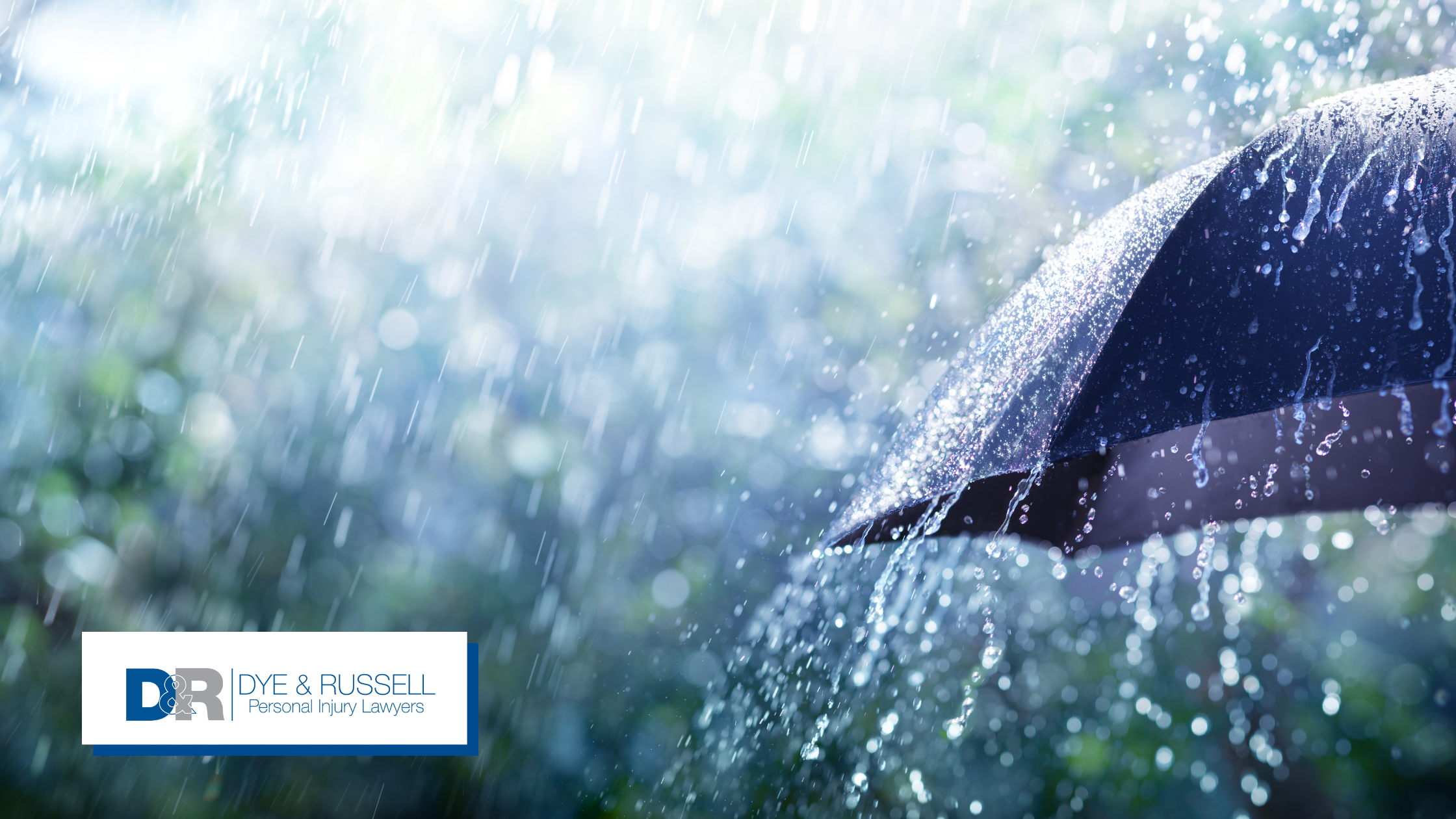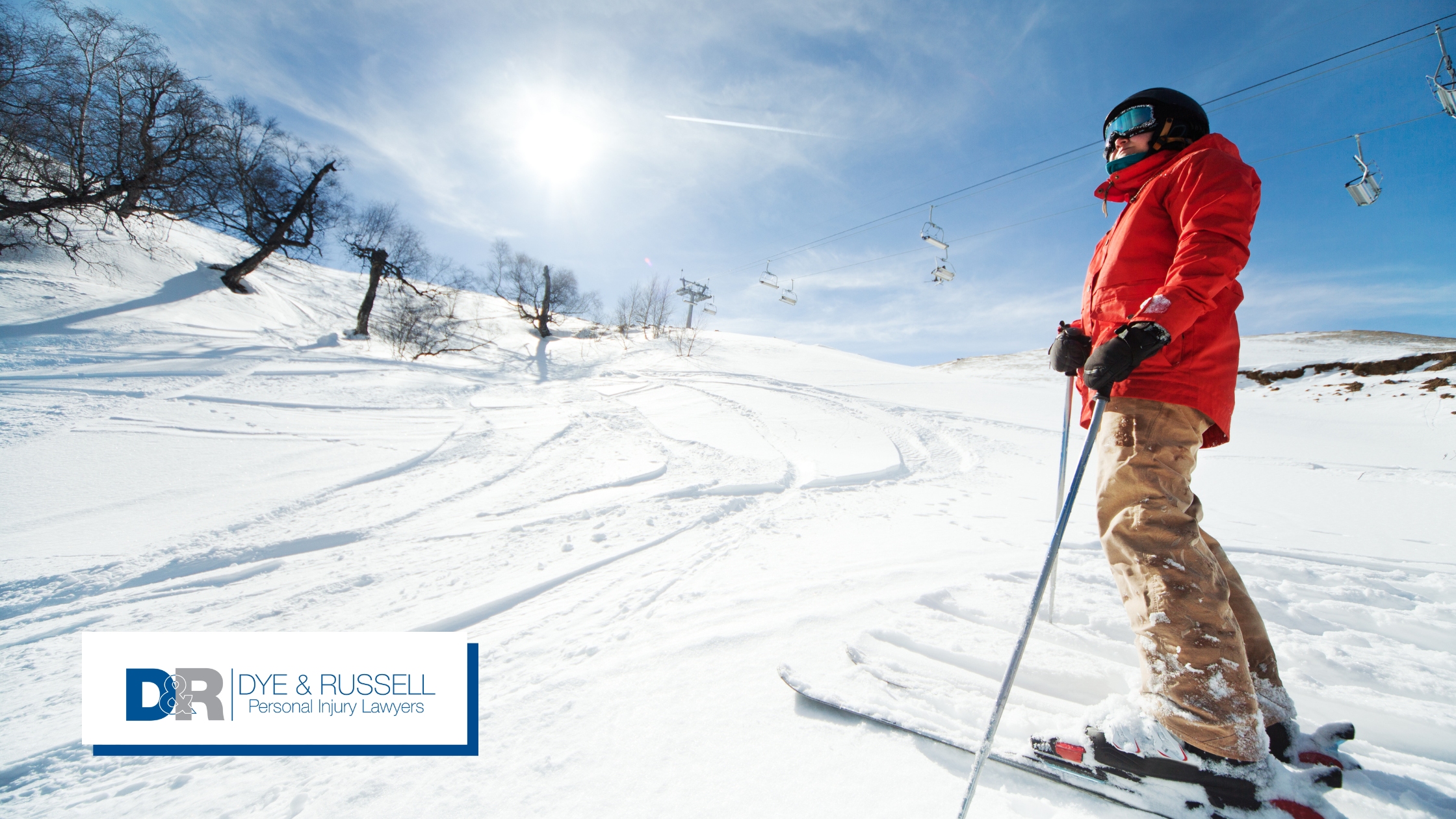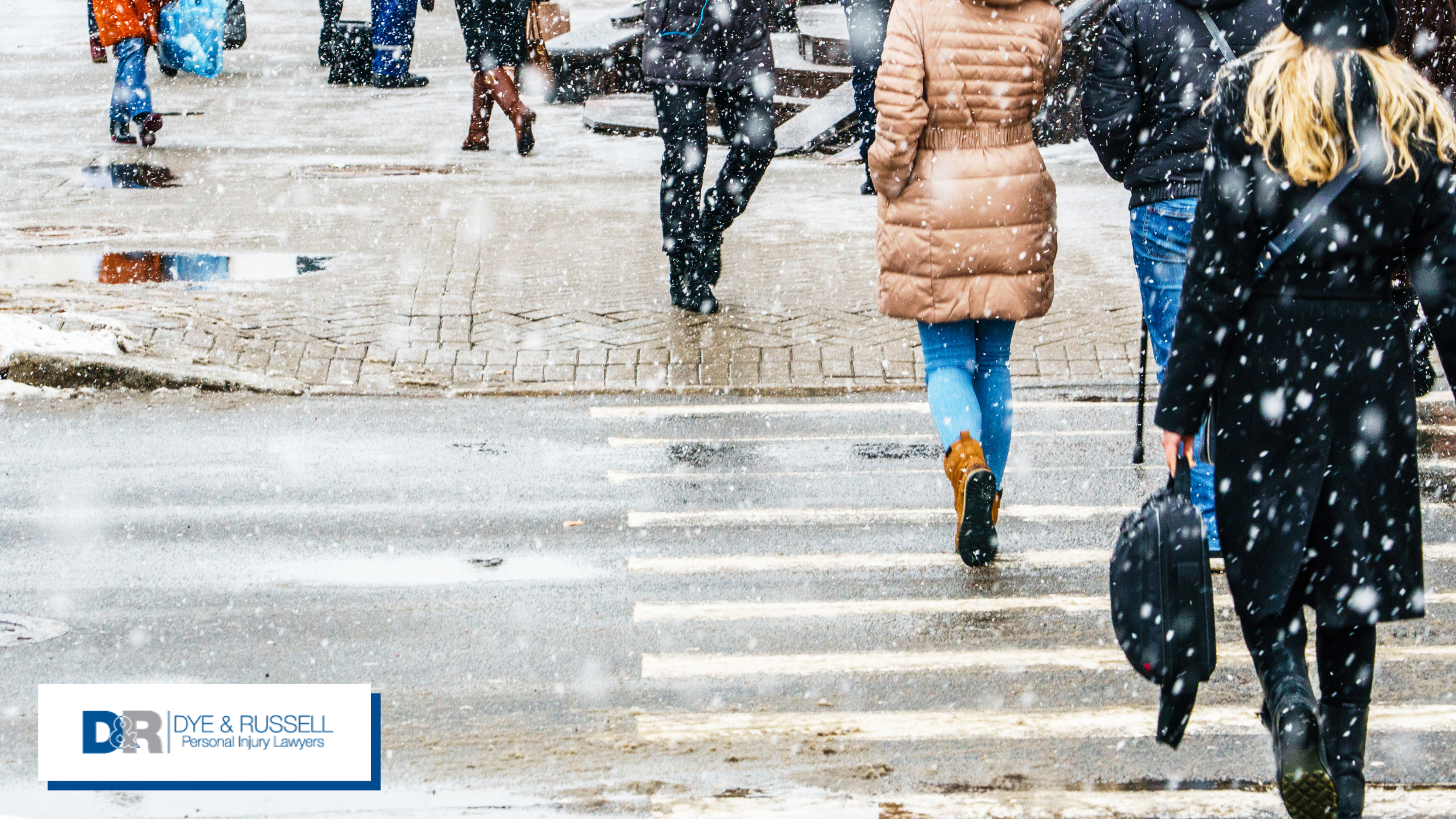Amidst the joy and sunshine that accompanies July lurks the potential for head injuries that can cast a shadow on the season’s bliss. Even the simplest of summer activities can result in traumatic head and brain injuries, so understanding how to prevent head trauma is paramount. Dye and Russell is a law firm dedicated to your health and prosperity, and we are excited to share with you some of our top tips to ensure a happy and prosperous summer vacation.
Guard Your Adventure: Wear Your Helmet with Pride
Whether you are conquering bike trails, cruising on a skateboard, or rollerblading along the boardwalk, donning a helmet is your first line of defence against head injuries. A helmet can be your trusty companion, ensuring that an unexpected fall does not turn your summer memories into a painful experience. Remember, a helmet is not just an accessory; it is a shield that safeguards your head and, ultimately, your well-being.
Dive Smart: Say No To Head-First Plunges
Nothing beats the refreshing splash of diving into the pool or a rejuvenating swim in the lake. However, the thrill of diving can often dissipate if the risks of head injuries are not taken seriously. Ensuring the depth of the water is deeper than your height, and altogether avoiding head-first plunges, will prevent any summer day from taking a painful turn because of severe head trauma.
Soar Safley: Watch Your Surroundings When Flying High
Kites soaring against the blue sky, drones capturing breathtaking aerial views – summer skies are filled with wonder. However, it is critical to keep an eye on your surroundings to avoid unexpected collisions. A momentary lapse in attention can lead to head injuries, so fly your kites and drones responsibly, ensuring that the only thing soaring is your spirit.
Keep It Cool: Hydrate To Stay Sharp
Heatwaves are an undeniable part of summer, and prolonged exposure to the sun can affect your focus and coordination. It is essential to stay hydrated to keep your mind sharp and your body agile. Dehydration can lead to lapses in judgment and coordination, increasing the risk of accidents.
Be Aware: Stay Mindful Of Your Surroundings
Whether you are at a bustling summer festival or enjoying a serene hike, being mindful of your surroundings can prevent accidents. Stay alert, look out for potential hazards, duck your head when necessary, and take the necessary precautions to ensure a summer filled with joy, not regret.
At Dye and Russell, we understand that accidents happen, despite our best efforts to stay safe. In the unfortunate event of a head injury, our dedicated team of personal injury lawyers is here to support you. With years of experience, a commitment to client well-being, and a track record of successful cases, we are your advocates in seeking justice.

